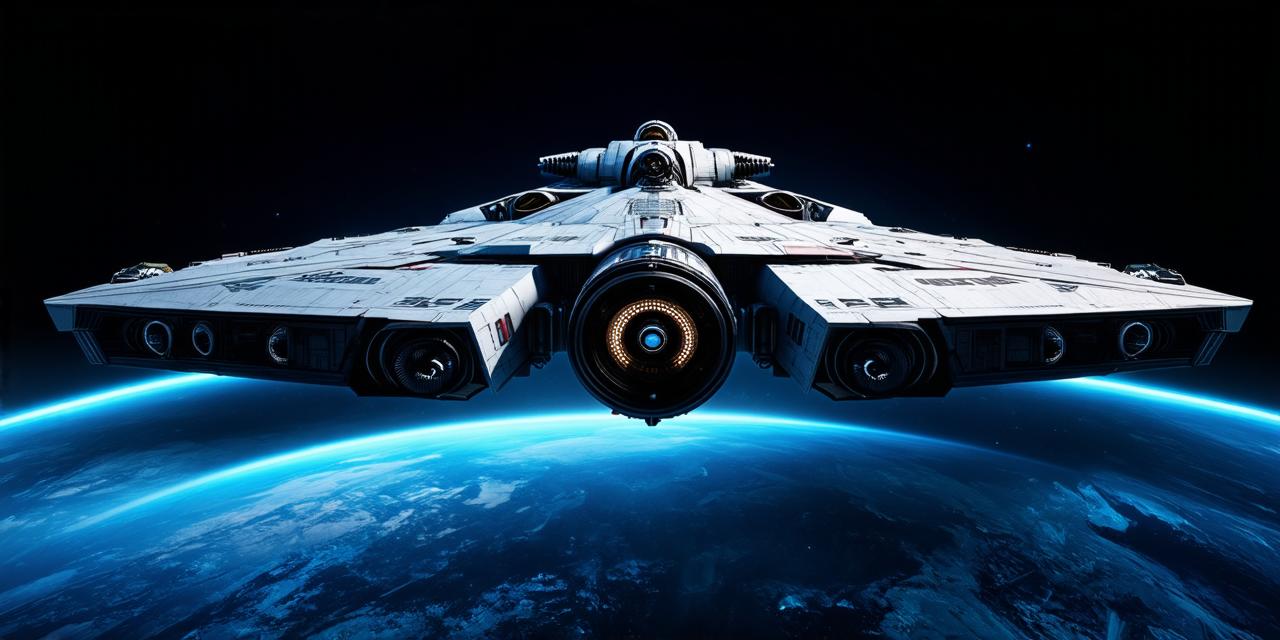Unity, one of the most popular game engines, has become widely used in game development due to its ease of use and versatility. In this guide, we will explore how Unity uses 3D models and what tools and techniques you can use to create and import your own 3D models into Unity.
Creating 3D Models for Unity
There are several ways to create 3D models for Unity, including:
- Using 3D Modeling Software
There are a variety of 3D modeling software options available that you can use to create 3D models, such as Blender, Maya, and 3DS Max. These programs allow you to create 3D objects, rig them for animation, and export them in various file formats that can be imported into Unity.
Using Online 3D Modeling Tools
There are also several online tools available that you can use to create 3D models, such as Turbosquid and Sketchfab. These tools often have a user-friendly interface and allow you to create 3D objects without needing extensive 3D modeling experience.
Using Unity’s Built-In Tools
Unity also has built-in tools that you can use to create simple 3D models, such as the Terrain tool and the Mesh Editor. These tools allow you to create basic shapes and manipulate them to fit your needs.
Importing 3D Models into Unity
Once you have created your 3D model, you will need to import it into Unity in order to use it in your game or project. To do this, you can follow these steps:
- Exporting the Model in a Supported Format
Unity supports several file formats for importing 3D models, including FBX, OBJ, and COLLADA. Make sure to export your model in one of these formats before importing it into Unity.
Importing the Model into Unity
To import your 3D model into Unity, go to Assets > Import Package or Drag & Drop the file into the Project window. Once the model is imported, you can drag and drop it onto the Scene view to add it to your game or project.
Rigging and Animating the Model
If your 3D model has animation data, you will need to rig it in Unity before you can animate it. This involves setting up a skeleton for the model and assigning animations to the bones. You can use Unity’s Animation window or the built-in tools to do this.
Conclusion
Unity’s use of 3D models is a key feature that allows you to create immersive and interactive games and projects. By using the right tools and techniques, you can create and import your own 3D models into Unity and bring your ideas to life.
